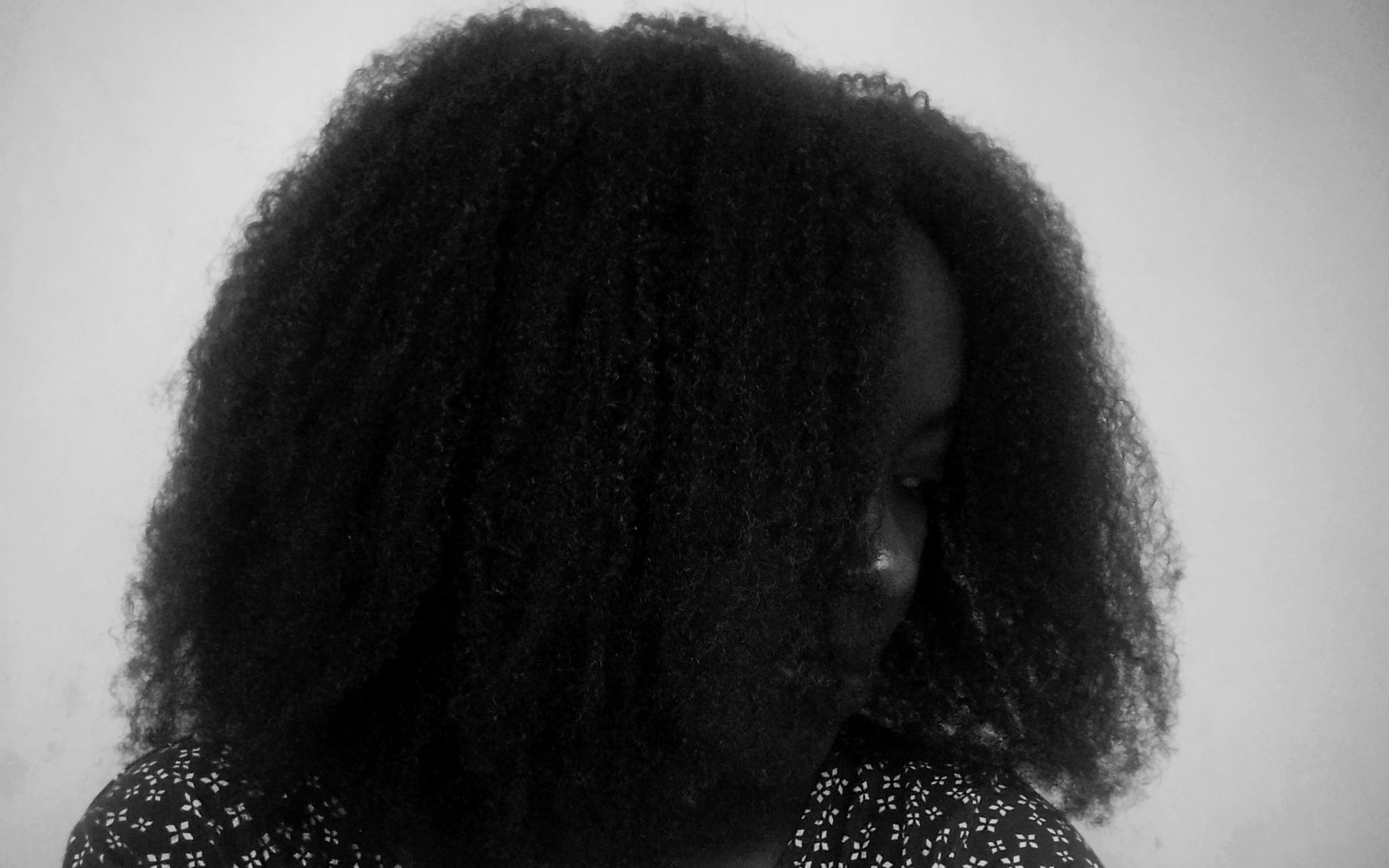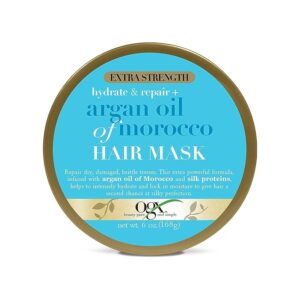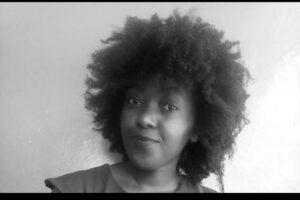Do you condition your hair and how often? Do you know the different conditioner types, when and how to use them? With those questions in mind, read on.
Conditioning restores moisture, strengthens and repairs the hair. So, conditioning after cleansing is a must do since shampoos can be harsh on your hair and the conditioner’s job is give life & shine to your hair.
Feel like your hair has been the same length forever, I’ve an Ebook that will help you grow your hair healthier, longer and thicker. Grab your copy here… Also, check out all the Ebooks,guides and journals that will go a long way in your hair care journey here.
Table of Contents

Benefits of conditioners.
- Repairs dry and damaged hair
- Restores moisture & softens the hair making it manageable.
- Reduces breakage & split ends.
- Reduces frizz & increases shine.
Types of conditioners.
There are 3 types of conditioners, giving almost the same benefits but the difference is in the ingredients and frequency of use.
- Instant/ Rinse off conditioners
- Leave in conditioners
- Deep conditioners (moisturizing & protein)
Instant conditioners.
Lightweight conditioners that work as pre poo treatments, detanglers, co-wash & condition after shampooing. Instant conditioners are meant to be rinsed off after some minutes unlike leave- in conditioners.
Examples of instant conditioners:
Leave-in conditioners.
Formulated for daily moisturizing and yes, you can leave them in your hair. Leave in conditioners are water based so the first ingredient should be water/aqua. Some like mikalla total moisture boost are amazing for wash and go.
They come in the form of creams or spray mists. Creams work best for naturals with coarse hair while spray mists are perfect for fine hair.
Examples of leave in conditioners:
Also Read: How to use leave-in Conditioners on Type 4 Natural Hair.
Top 40 Leave-In conditioners for 4C Natural Hair.
Deep conditioners.
They’re either moisture or protein based. Unlike the other conditioners, these contain concentrated moisture boosting ingredients and proteins that ensure the strands retain the moisture by ensuring deep penetration of the nutrients.
Moisturizing deep conditioners.
Increase moisture, elasticity, smoothens the cuticle & softens the hair making it manageable. Moisturizing deep conditioner should be used on every wash day especially if you use a clarifying shampoo.
They do contain moisturizing ingredients like; aqua/water, glycerine, glycerol, Aloe Vera etc.
Examples include:
- Mosara deep treatment masque
- Mikalla mayonnaise
- Saru Growth masque
- Sheth naturals deep conditioner
- Mahogany chebe deep conditioner
Also read: Moisturizing Deep Conditioners for Type 4 Dry Natural hair.
Protein deep conditioners.
Reconstruct the cuticle thus referred to as reconstructors & add strength to hair strands. The contain hydrolyzed proteins (easier to penetrate the hair shaft) which include; soy protein, amino acids, collagen, milk protein, wheat protein, keratin, animal protein and amino acids. Protein deep conditioners should be used after every 4-8 weeks.
Some deep conditioners like Marini naturals 2 in 1 moisture & protein treatment , add moisture and protein retaining the moisture-protein balance.
Examples include:
- Aphoghee 2 step protein treatment
- Dew point naturals protein treatment
- Shea moisture repair protein treatment
Also read: Why protein treatment is essential for Healthy Type 4 Natural Hair.
4 Signs of Protein Overload and how to fix it
How to Use/apply conditioners.
Instant/ Rinse off conditioners.
As pre poo & detangler- apply it on dry hair from the ends to the roots as you finger detangle. You can add more product where needed for proper detangling.
After shampooing- apply on thoroughly rinsed hair, start from the ends to the roots. You can finger detangle or use a wide tooth comb. Let it sit for a few minutes before rinsing it off.
Leave in conditioners.
Apply on damp hair focusing mostly on your ends since they are the oldest and driest. Work with sectioned hair for proper moisturizing.
Deep conditioners.
Apply on freshly washed and thoroughly rinsed hair. Section your hair and apply from the roots to the ends. Wear a shower cap or thermal cap for the nutrients to penetrate the hair shaft. Deep conditioners need heat, you can also warm the conditioner before application.
When it comes to deep conditioners, pay attention to the moisture-protein balance to avoid over moisturized hair or protein overload.
Also read; Why deep conditioning your Type 4 Natural Hair is Essential for growth of healthy hair.
Thank you for reading, share with everyone and support my blog here.
Which conditioners do you use on your hair?





I didn’t know that there were so many types of conditioners. I will be looking into buying some of these conditioners when I undo my hair. I currently have temporary locks on.
Am happy this was helpful💜💜💜. Which conditioners have you been using?
I don’t use conditioners🤣🤣🤣 but I will start